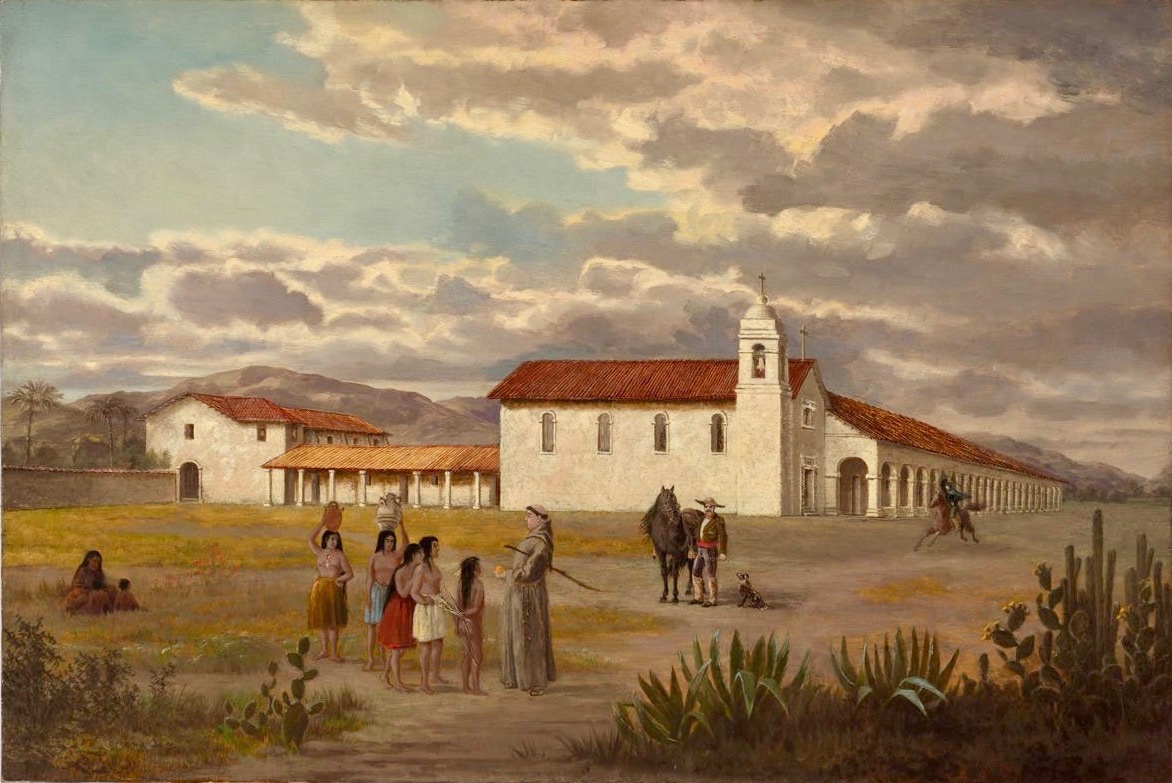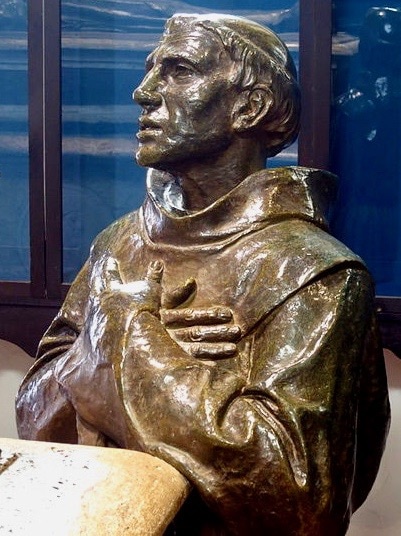The Hispanic-American History Timeline
1797 Fermín Francisco de Lasuén
Establishes Misión San Fernando Rey de España
|
Franciscan missionary Fermín Francisco de Lasuén establishes Misión San Fernando Rey de España in present-day Mission Hills, Los Angeles County, California. It is the 17th of 21 Spanish missions to be established in California to convert the native people to Christianity, colonize the area and to consolidate Spanish power. It is also the fourth mission established by de Lasuén in as many months.
Named for Ferdinand III, King of Spain (1217-1252), the mission becomes the namesake for the nearby City of San Fernando and the San Fernando Valley. After the death of Father Junípero Serra in 1784, Father de Lasuén was appointed the second Presidente of the missions of California in 1785, and has continued the missionary work begun by Father Serra -- establishing settlements where Spanish settlers and Native Americans can coexist in harmony. But life is tough for the first few years after these missions get started. Spanish settlers and Native Americans initially depend on supplies delivered by sea from New Spain. It normally takes a few years before they can plant sufficient crops and raise enough cattle to become self-sufficient. But sometimes the supples are hard to come-by. And because both the settlers and the natives have an urgency to survive, there is always a rush to train the natives on European-style farming. The quadrangle-shaped mission is built with adobe bricks by the Tongva natives of the region. The mission's convento (main building) took 13 years to build and was completed in 1822, becoming the largest two-story adobe mission building in California. Today, the convento remains as the only original building at this mission, which serves as a museum and as the Archival Center for the Archdiocese of Los Angeles. The mission church is an active Roman Catholic Church. By Michelle Acosta, Lehman College |










